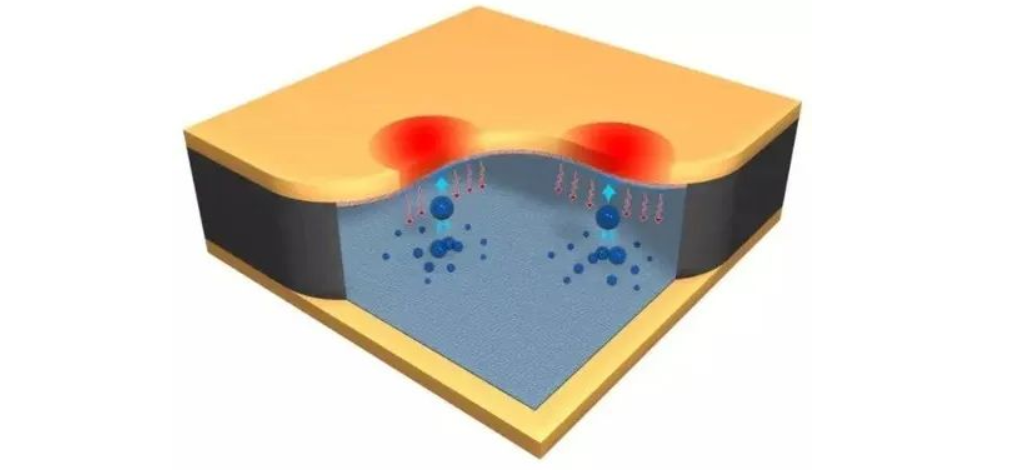Analyse and solve the mold product bouncing phenomenon
Mold product bounce, also known as the spring effect, refers to the undesired bending or deformation that occurs when the molded product is ejected from the mold during injection molding or pressing. This phenomenon may cause product dimensional instability, affecting product quality and production efficiency. We would like to share with you some reasons of mold product bounce phenomenon and how to solve it.

Introduction
Mold manufacturing is an indispensable part of modern industrial production. In the molding process such as injection molding and pressing, mold product bounce is a common problem. It will lead to inaccurate product dimensions and affect product assembly and function.
Causes of product bounce
Different materials have different shrinkage during the cooling process, which can cause the product to bounce.
<Mold temperature>
Uneven or too high mold temperature may cause uneven cooling of the product, which makes bounce.
<Injection pressure>
Excessive or uneven injection pressure may cause uneven internal stress of the product, which makes bounce.
<Ejector system design>
Ejector system with improper design may result in uneven force when the product is ejected.
<Insufficient cooling time>
The cooling time of product is insufficient in the mold, which makes product without fully solidify.
How to judge product bounce
<Observe product deformation>
Analyze the direction and degree of product bounce.
<Check mold temperature>
Make sure the mold temperature is uniform and appropriate.
<Evaluate the injection process>
Check whether the injection pressure and speed are uniform.
<Analyze the ejection process>
Evaluate whether the ejection system is balanced and the ejection force is uniform.
Solution
<Optimize material selection>
Choose the right plastic material, taking into account its shrinkage and fluidity.
<Adjust mold temperature>
Ensure that the mold temperature is uniform to avoid local overheating or overcooling.
<Control injection parameters>
Reasonably set injection pressure and speed to reduce internal stress of the product.
<Improve the ejection system>
Design a balanced ejection system to ensure uniform ejection force.
<Prolong cooling time>
Increase the cooling time of the product in the mold to ensure sufficient solidification.
Case analysis
<Case 1>It can adjust the mold temperature to solve the product bouncing problem caused by uneven cooling.
<Case 2>Improve the ejection system design to reduce the bouncing phenomenon when the product is ejected.
Precaution
<Mold design review>
During the design stage, it need to consider the possibility of product bounce and make necessary design optimizations.
<Regular maintenance>
Check the mold status regularly to ensure stable mold performance.
<Production process monitoring>
During the production process, closely monitor product size and shape in order to detect problems in time.
Conclusion
Mold product bounce is a phenomenon affected by multiple factors. It can be effectively reduced or eliminated by comprehensively considering factors such as material selection, mold temperature, injection parameters, ejection system design and cooling time. In this case, the product quality and production efficiency can be improved.
Suggestion
<Strengthen mold design>
It need to take into fully consideration the possibility of product bouncing during the mold design stage and then take preventive measures.
<Adopt advanced manufacturing technology>
Using advanced mold manufacturing technology can improve the precision and performance of the mold.
<Continuous improvement>
During the production process, continuously optimize process parameters can improve the stability of the production process.
